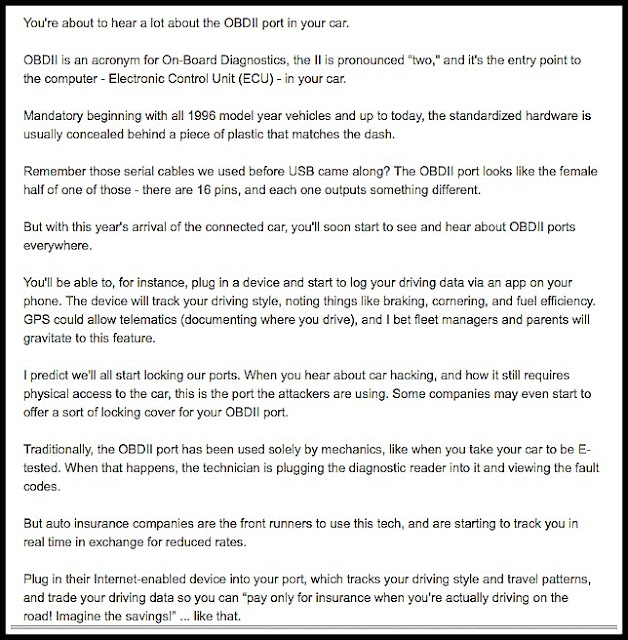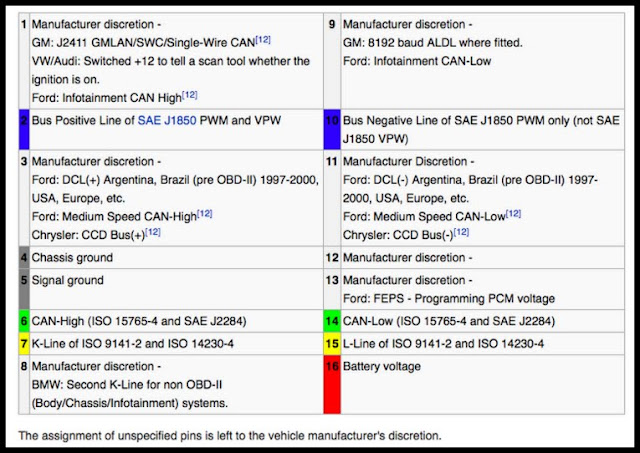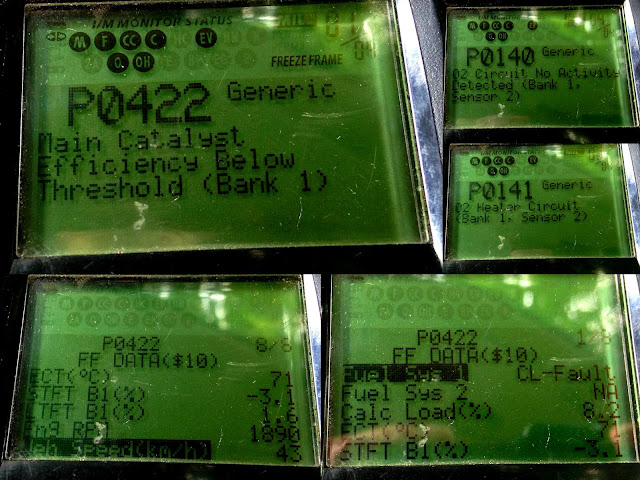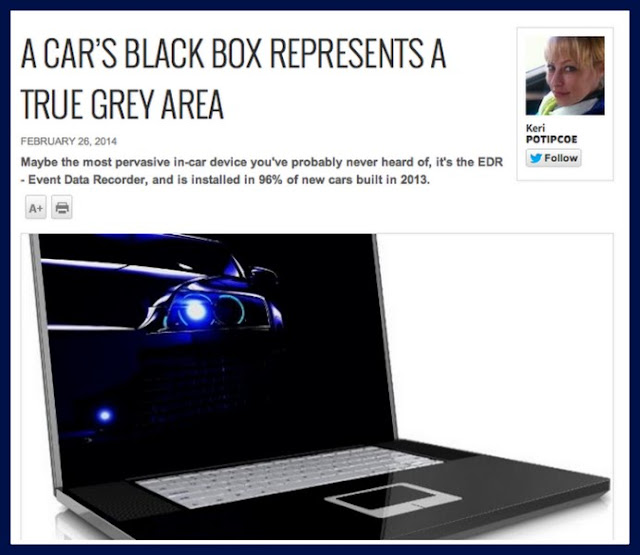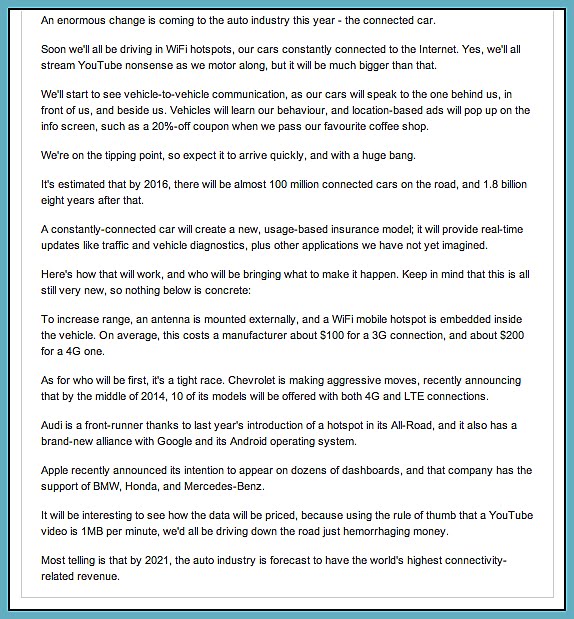A signal booster is the new shim.
The method exploits keyless entry, a once-luxury feature now found in entry-level cars.
I speak with Ted Harrington, co-founder of Independent Security Evaluators, a company that pioneered car hacking.
Very basically:
The Attack
Amplify the proximity radius, and now the key and car are talking when they shouldn’t be. Thief goes in, off he drives.
The Defence
Keep your key fob in a Faraday Cage (no signals can get in or go out)… do this by wrapping the fob in aluminum foil.
Read it online at Autonet.
Favourite line:
Pretty geeky, and probably beyond the average criminal, right? The trouble is that the online black market is massive and lucrative.
***
Back to ‘Keri on Driving’ – Index
Blog tag = auto security



